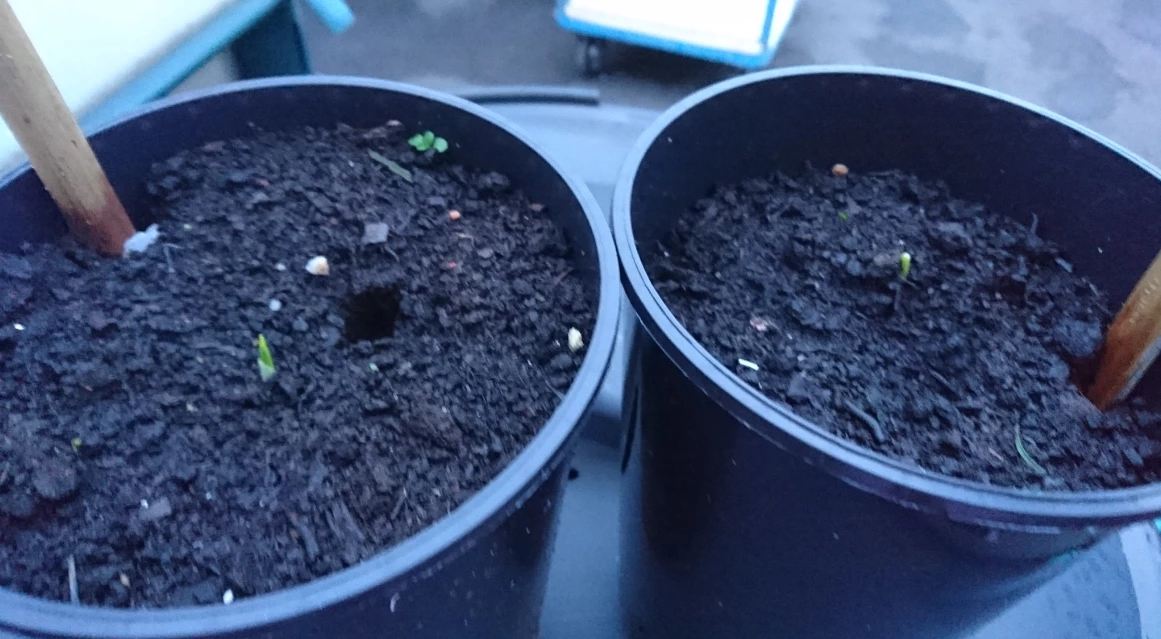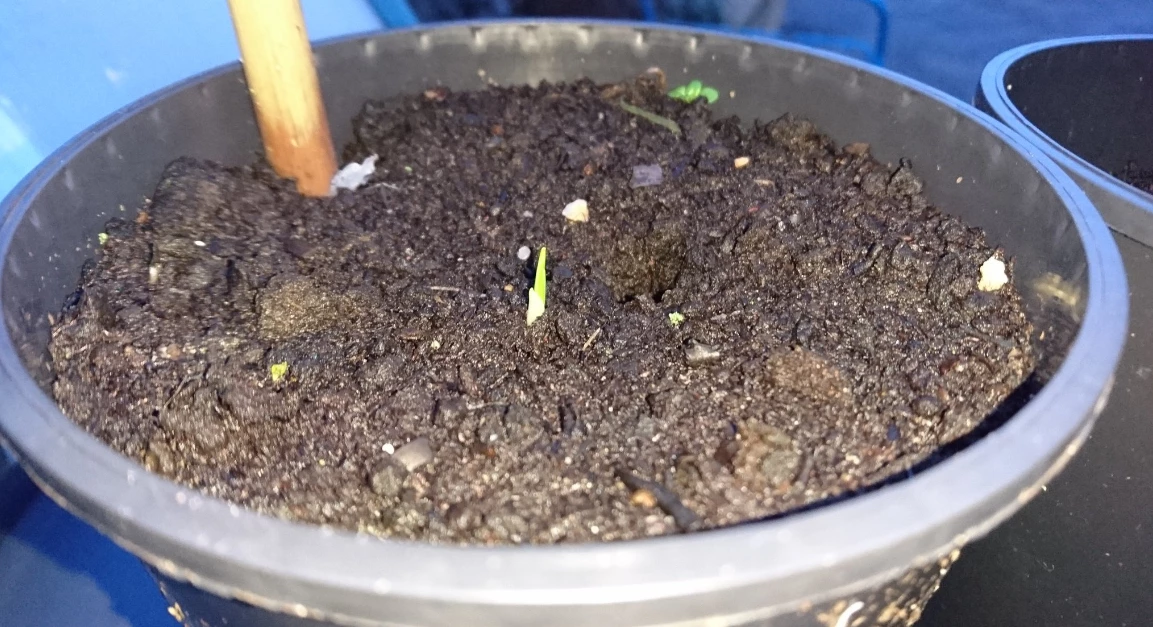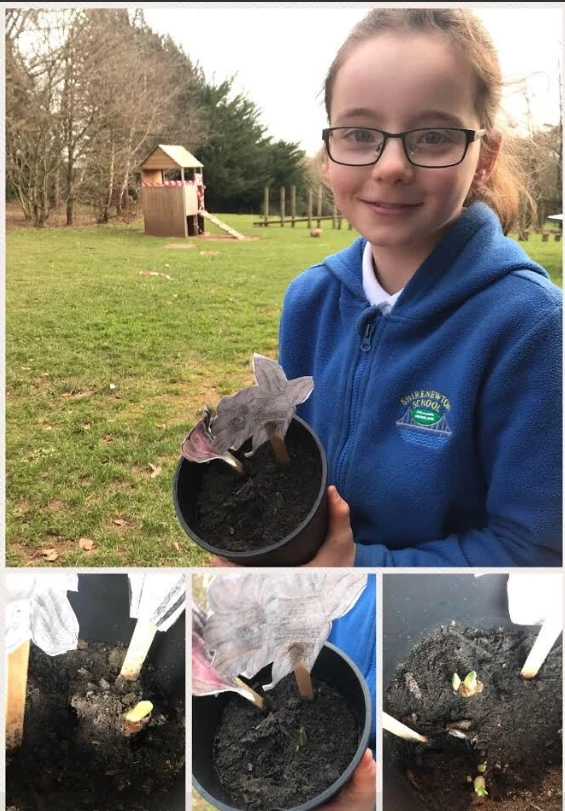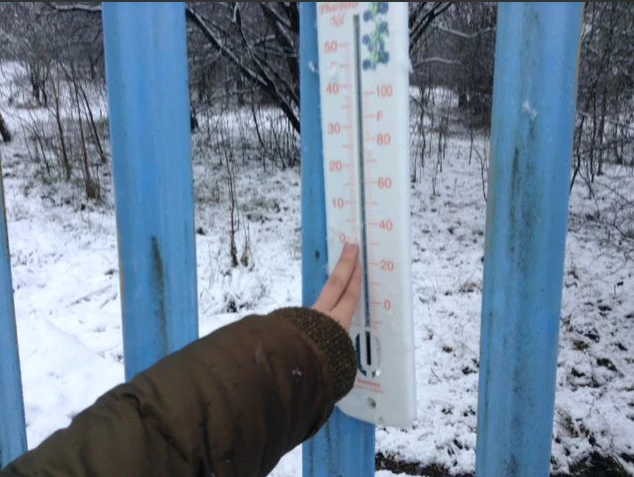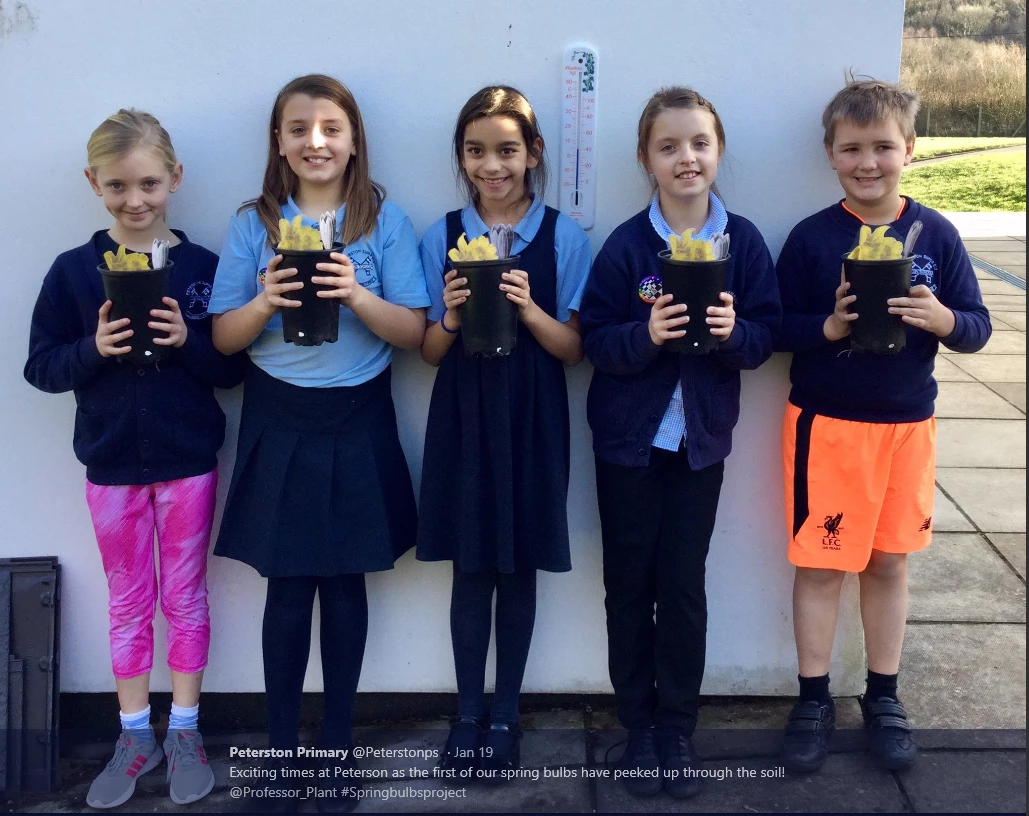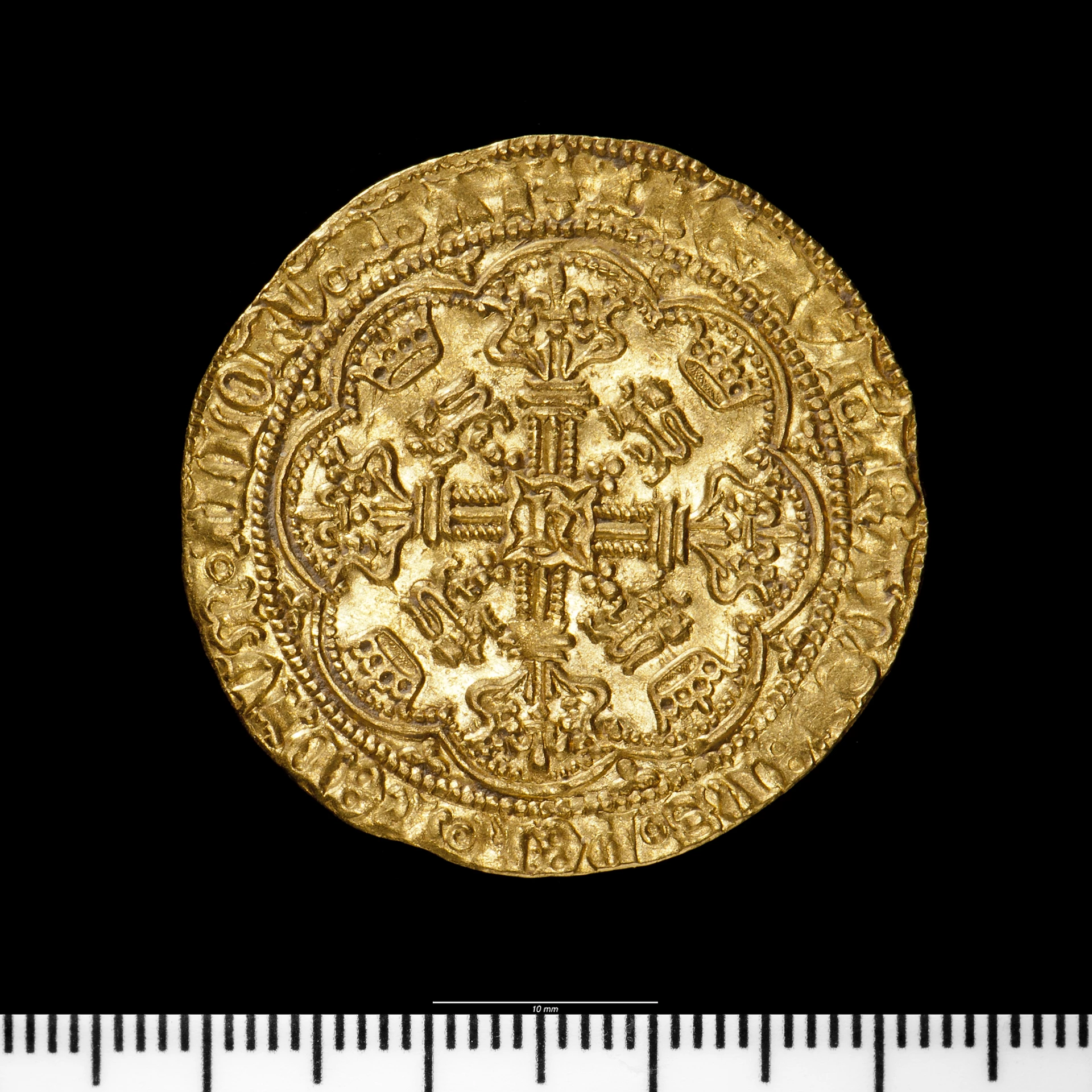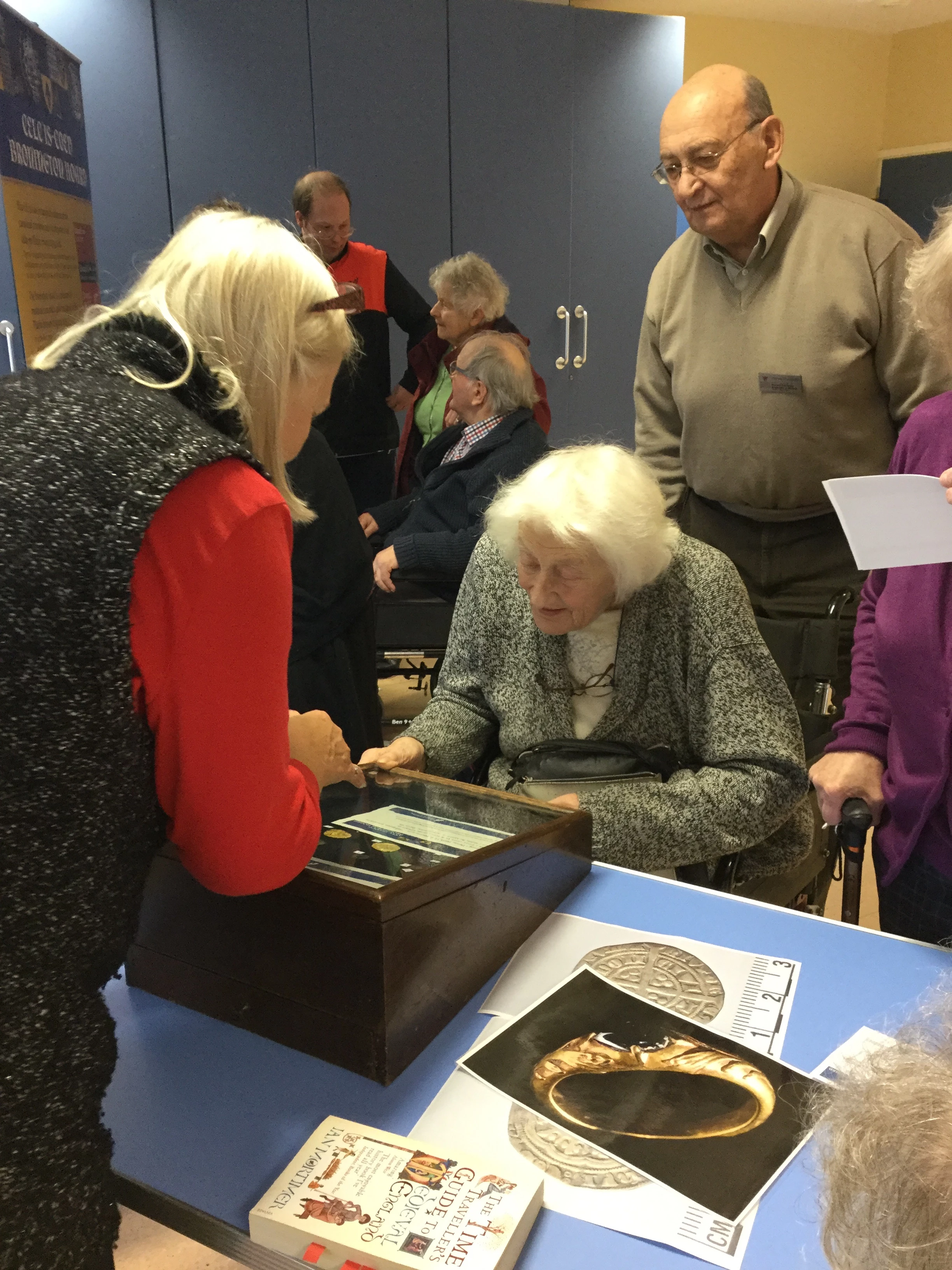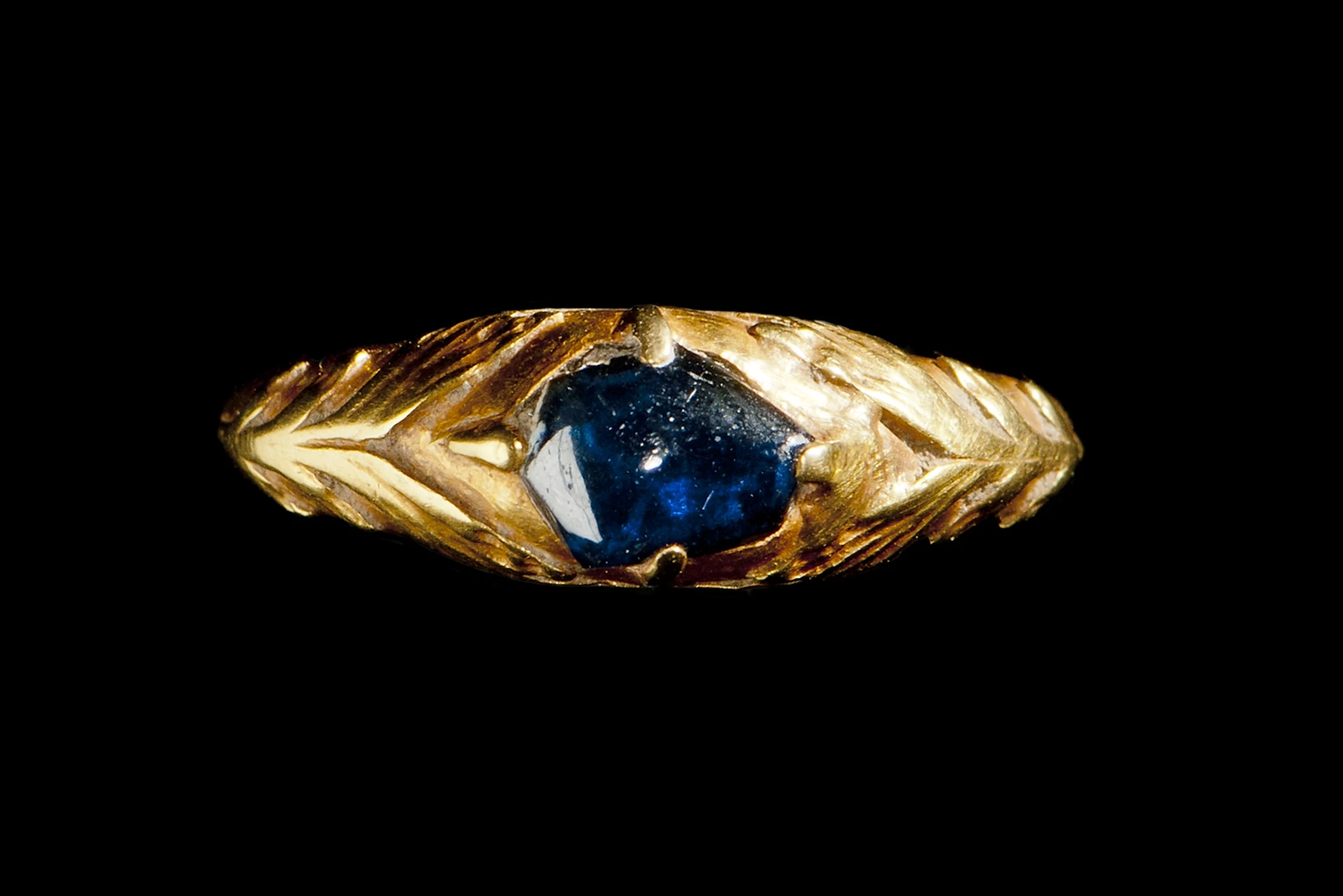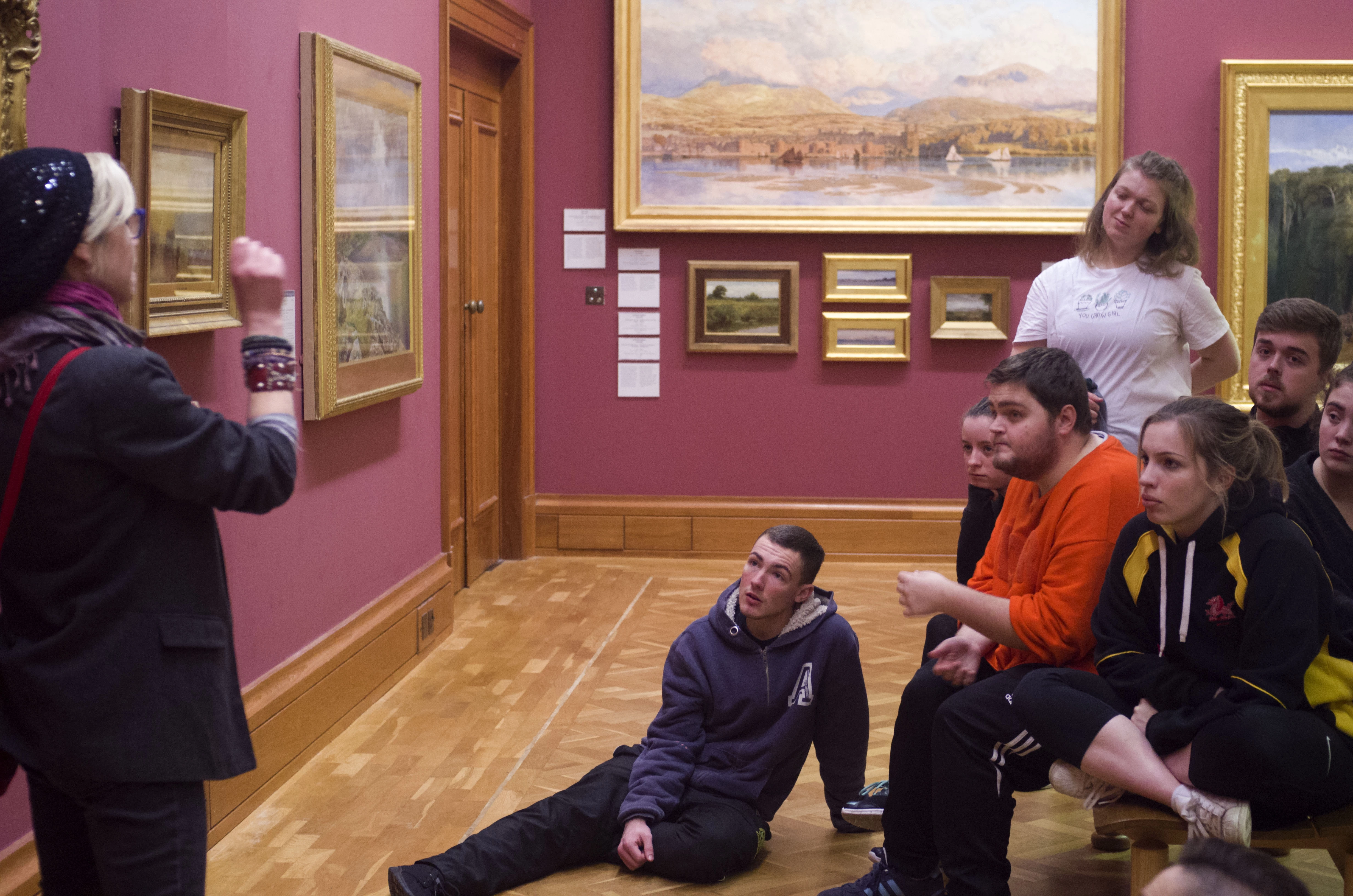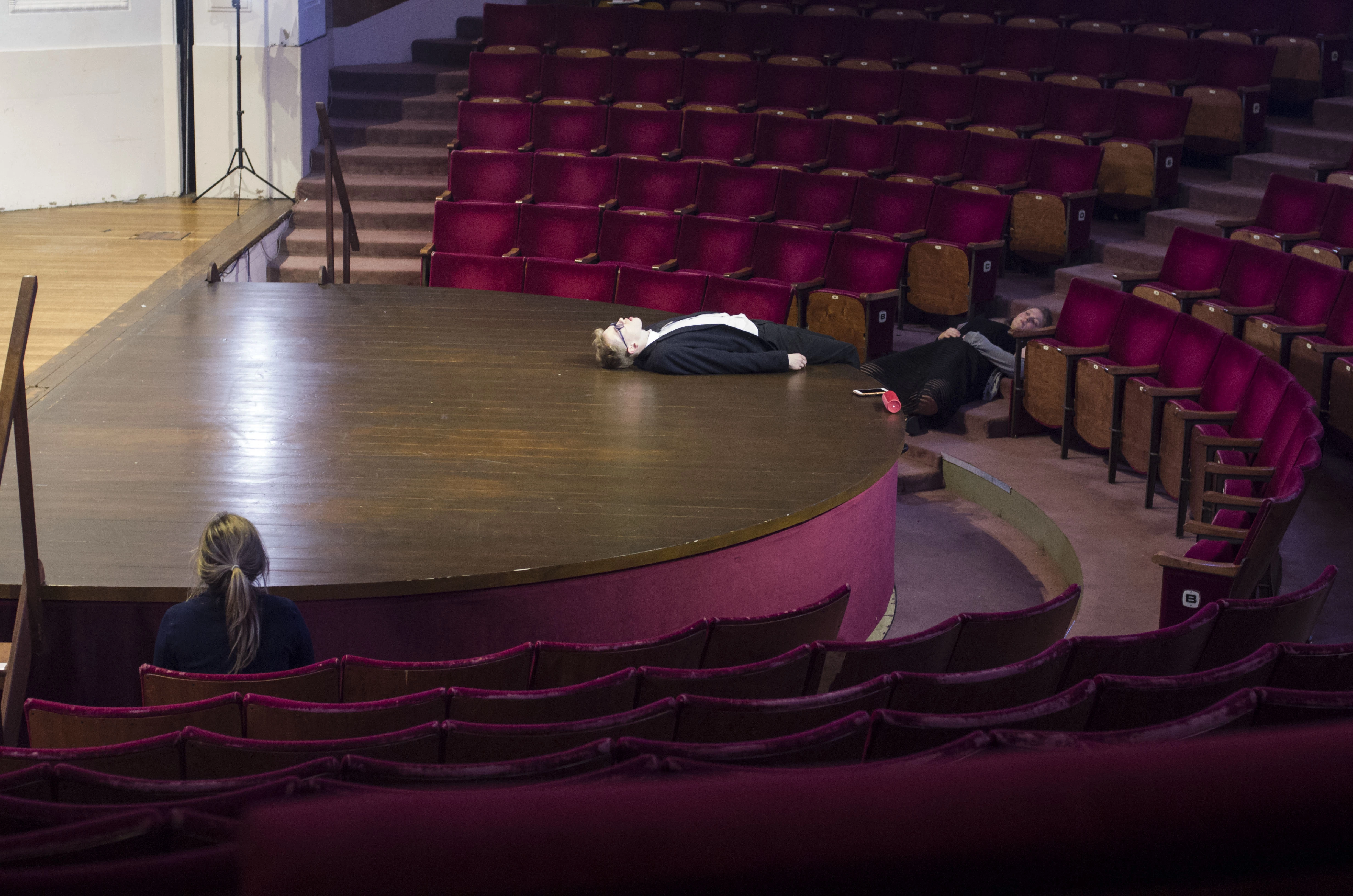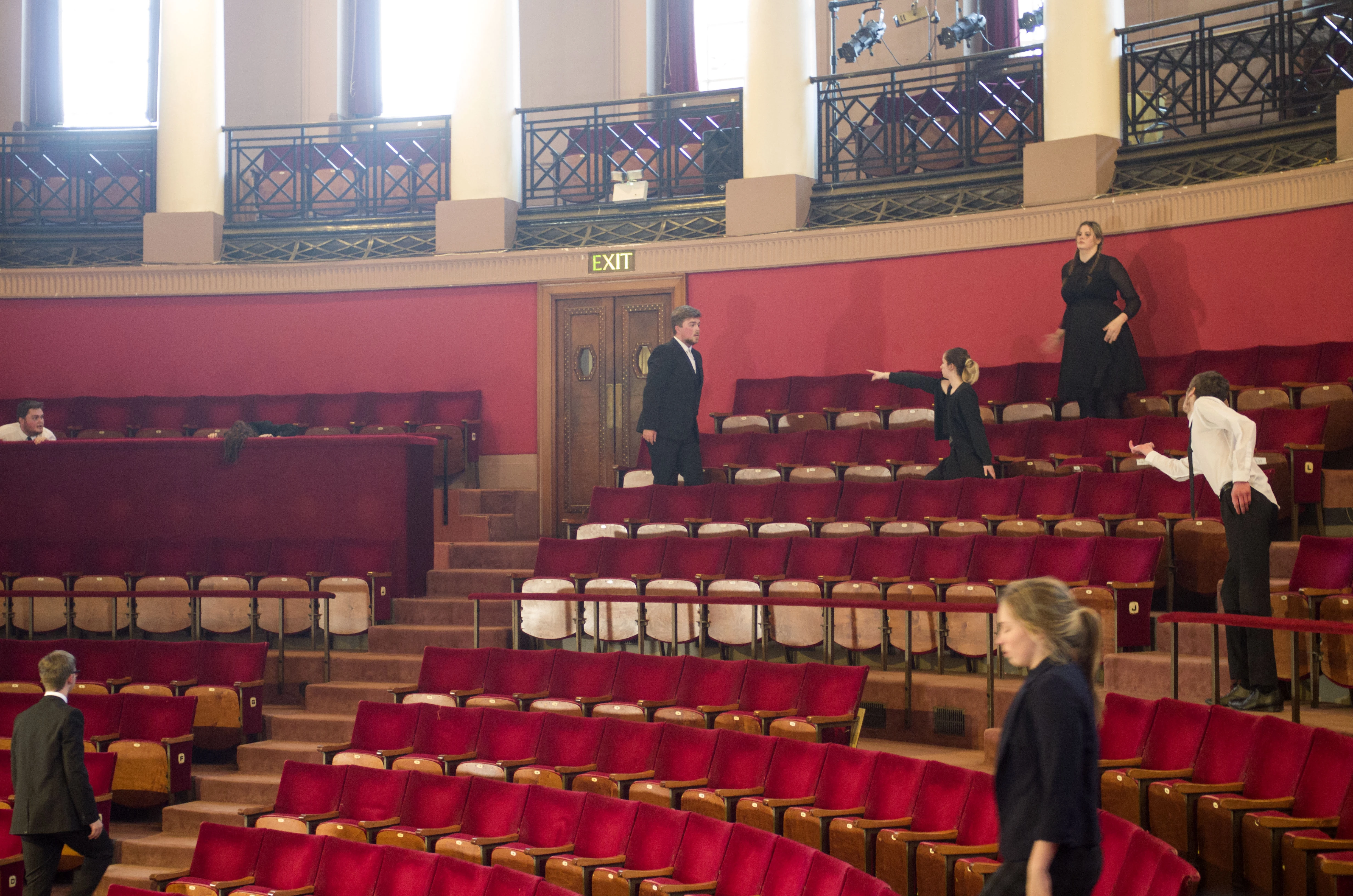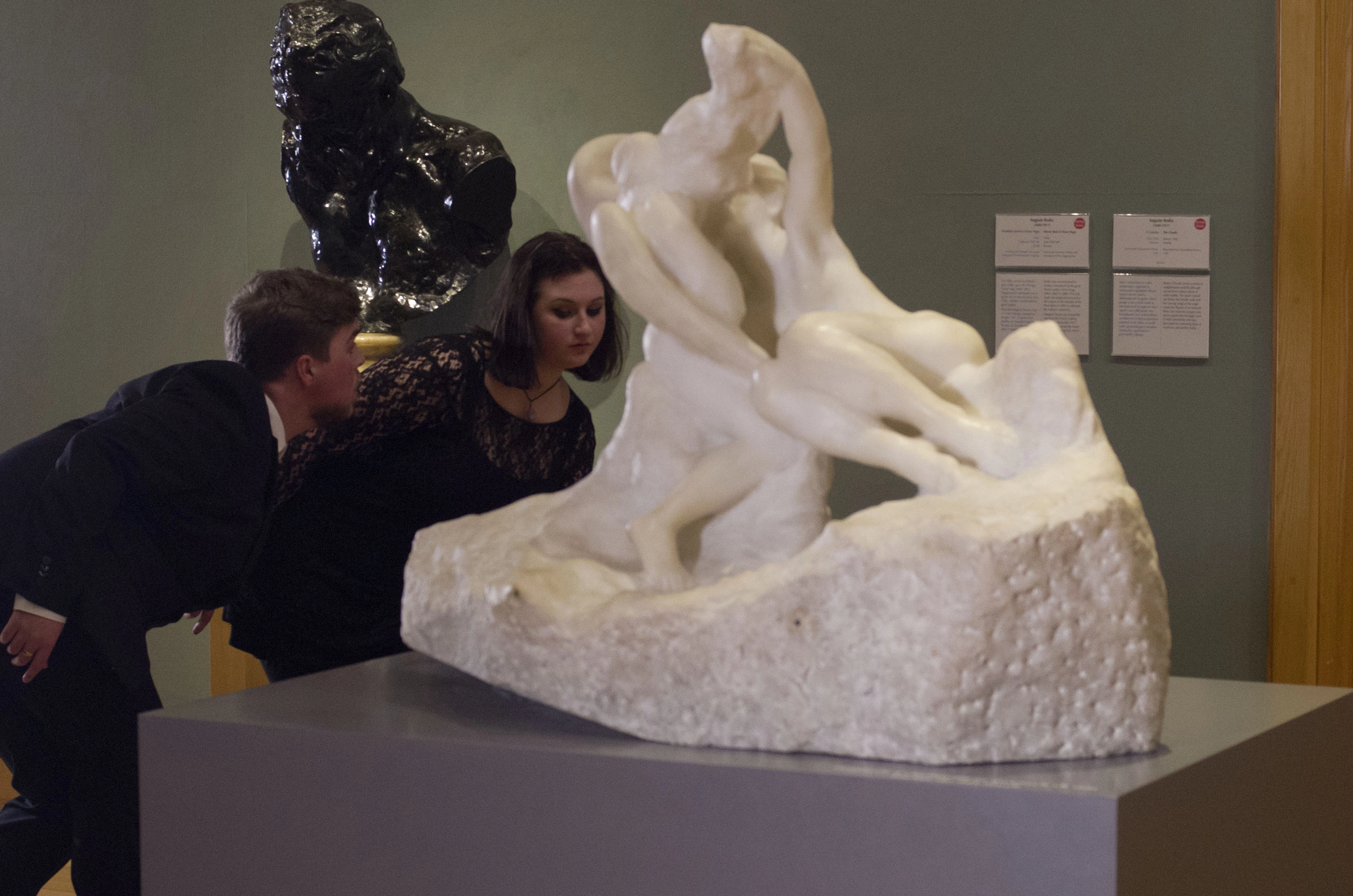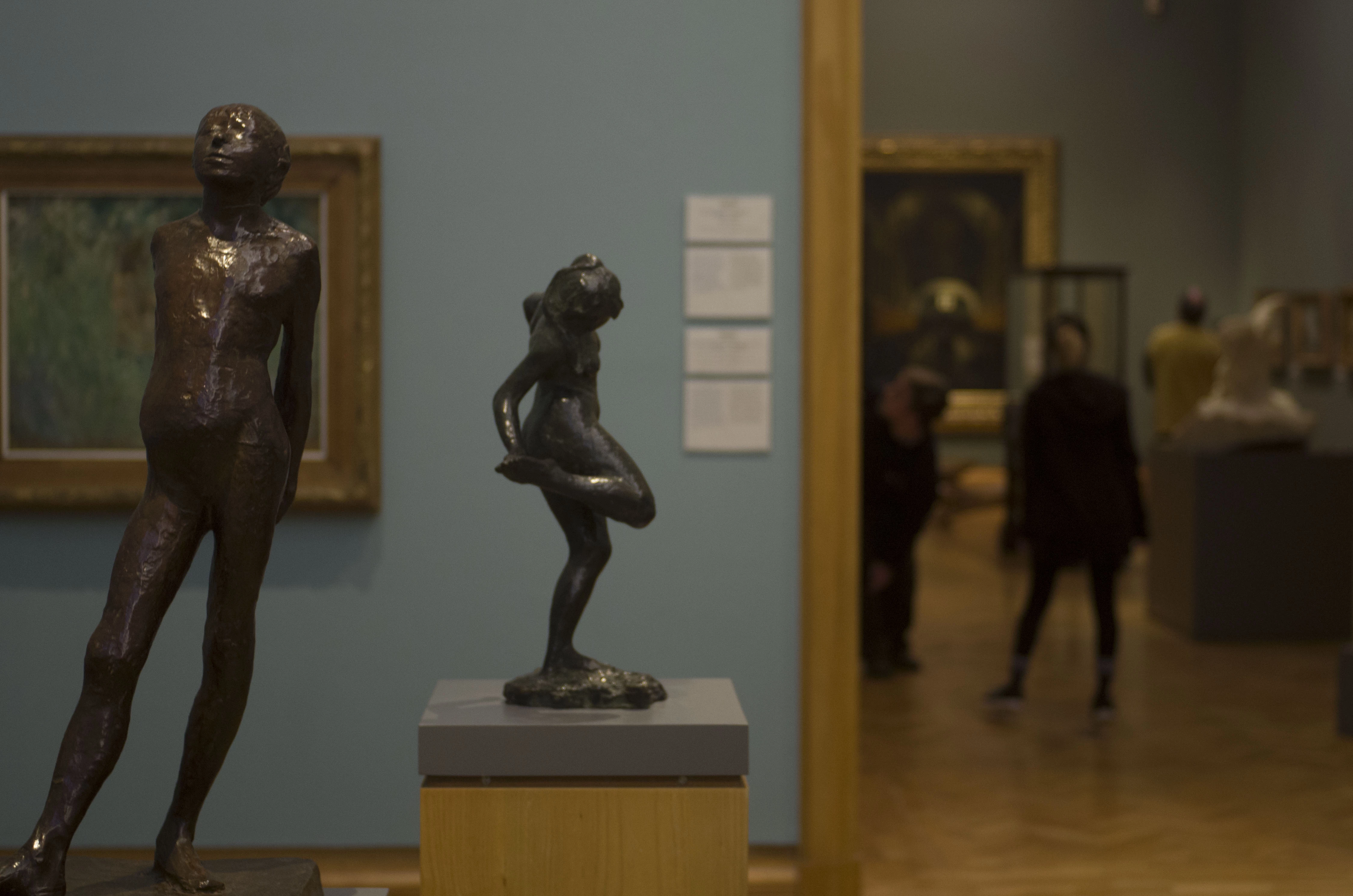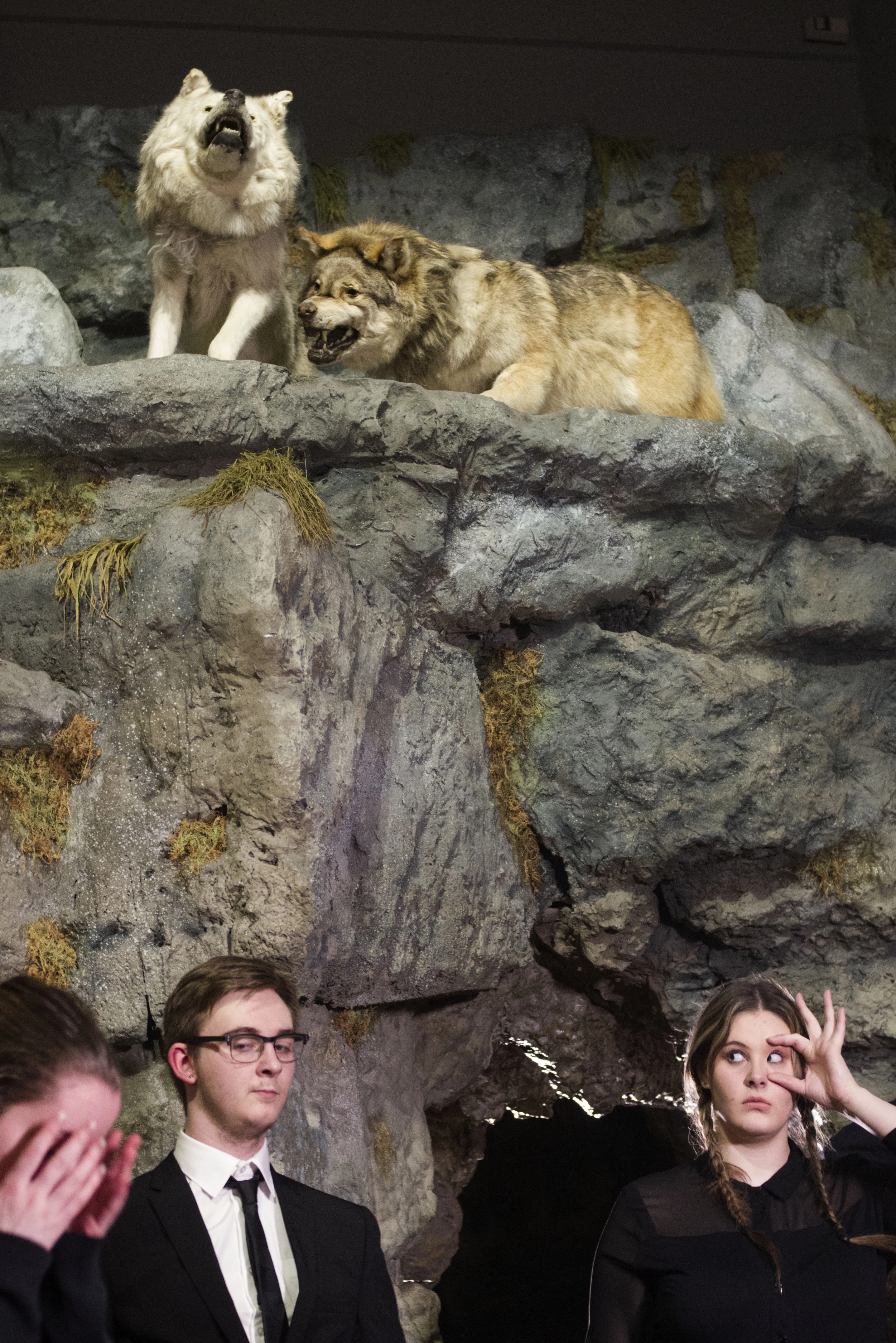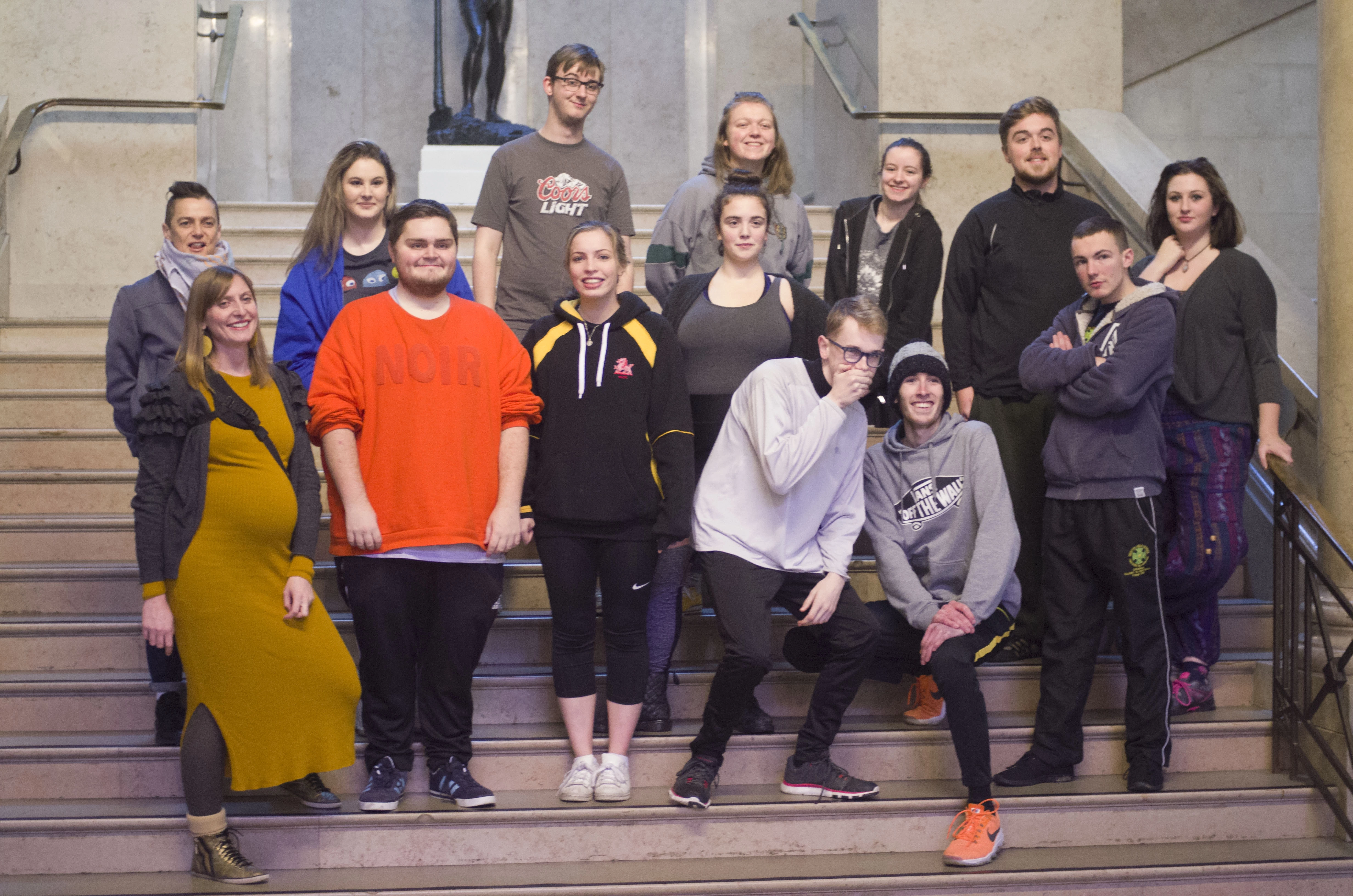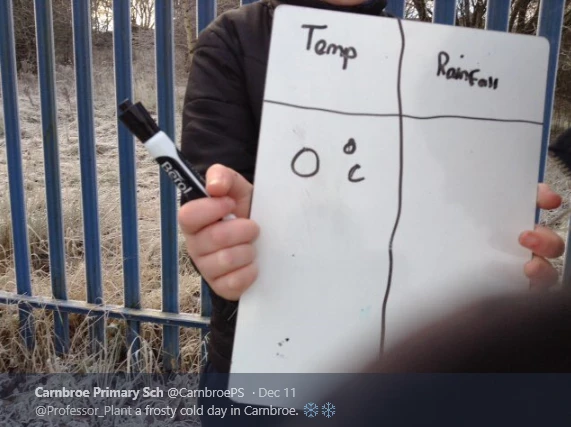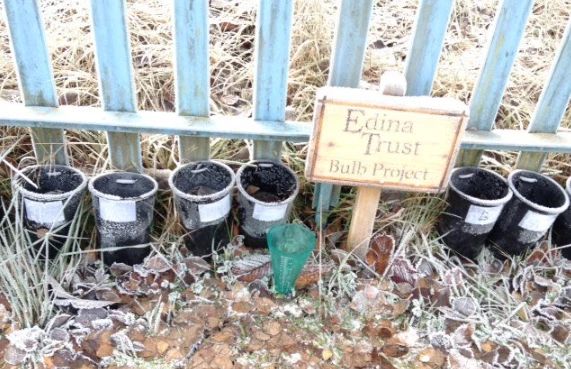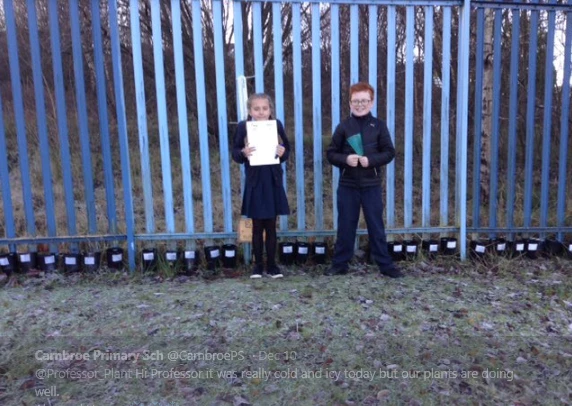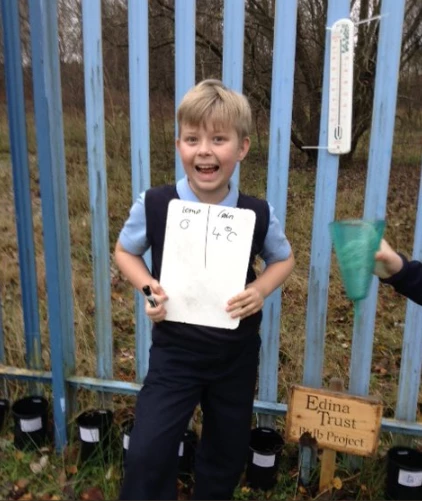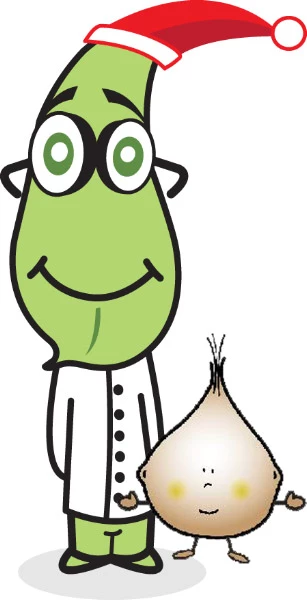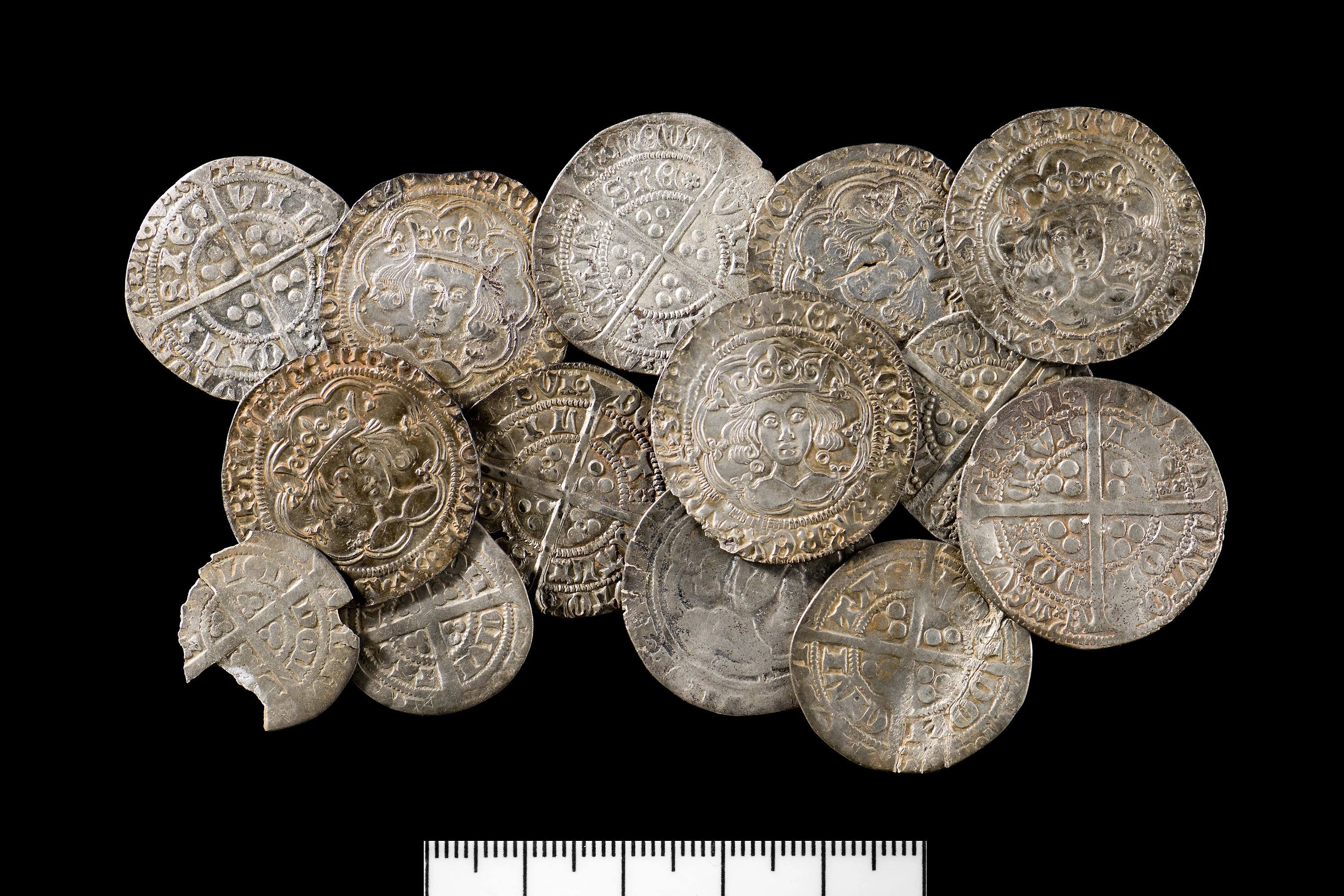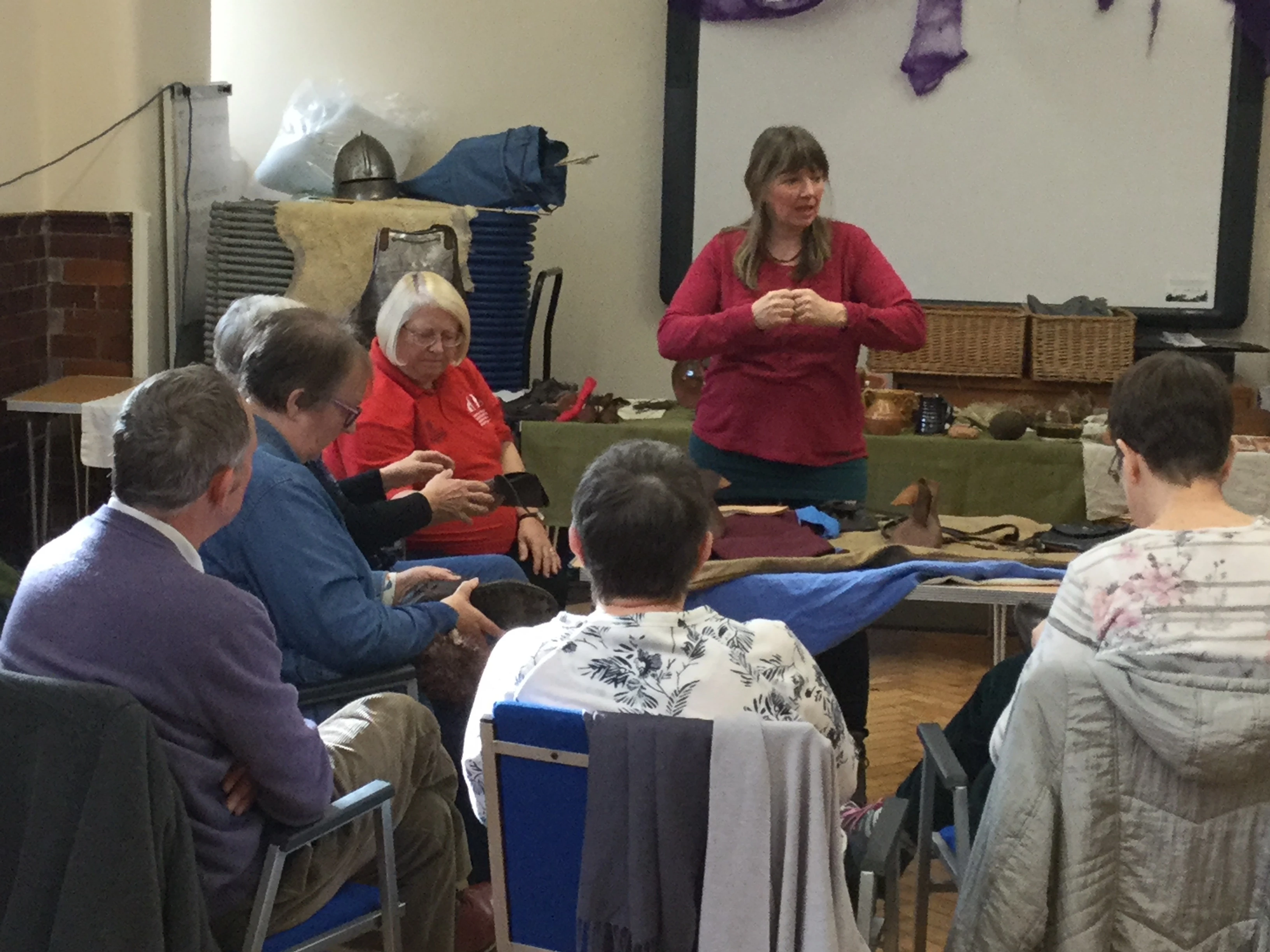Hi Bulb Buddies,
Today is the last day for collecting weather data before Christmas! The next week for weather records will be 8th-12th January. When entering data to the website please enter 'no record' for the dates that you weren't in school to take readings.
There's no need to take your pots home with you over Christmas. So long as they are in a safe place in the school yard where they are unlikely to get blown over by the wind, they will be fine. The bulbs are insulated by the soil and can withstand the winter weather.
The weather has been mild in many places again this autumn/ winter, and it will be interesting to see how this effects our plants. November 2017 saw slightly higher temperatures and less rain than last year. And, although we had slightly less sunshine than last year, it was still the second sunniest November since our nation wide records began in 2012! These are good conditions for our bulbs and if this pattern continues, we may see our flowers bloom earlier than last year!
Have a lovely break Bulb Buddies.
Happy Christmas and a Merry New Year from
Professor Plant & Baby Bulb
Comments:
Thank you for all of your comments, we had some very detailed weather summaries in this week which I am extremely impressed with! We’ve also been notified by a couple of schools that shoots have appeared in their pots! I’d be grateful if these schools could share photos with me from before and after the Christmas holidays, so that we can all see how much they grow in this time!
Thank you for all of your hard work Bulb Buddies. I look forward to continuing again in the New Year!
Professor Plant
Some shoots have appeared:
Ysgol Beulah: Mae pedwar blaguryn wedi dechrau tyfu.
Ysgol San Sior: Our crocus plants have already started to grow! We are very excited – A.
Ysgol San Sior: A lot of our plants have started to grow but I am still waiting for mine. I'm checking every morning. – C.
Adamsdown Primary: My plant has started to grow.
St Julians Primary School: Lots of our daffodils have started to peek through the compost now.
Hemlington Hall Academy: Some of our crocuses have begun to grow. We can see them peeking through the top of the soil about 1-2cm. We didn't expect to see this until the spring.
Comments about the project:
Ysgol Gymraeg Dewi Sant (Llanelli): Nadolig Llawen a Blwyddyn Newydd Dda oddi wrth Blwyddyn 4 Ysgol Gymraeg Dewi Sant, Llanelli.
St Andrew's RC Primary School: It was really enjoyable to go outside to measure the status of the plants and to plant them.
YGG Tonyrefail: Having fun
Our Lady of Peace Primary School: First day of doing this in December can't wait for Christmas see you then.
Ysgol San Sior: We have asked a school in Barcelona to join us in this project. They have planted some bulbs that we bought and sent them. Their plants haven't grown like most of ours. Carys and Amelia are still checking every day for some growth. Professor Plant: That’s fantastic Bulb Buddies! Please keep me updated on how your projects go and what you learn.
Falkland Primary School: Plants are epic
Comments about extreme weather:
Ysbyty Ifan: Dim ysgol dydd llun oherwydd eira dydd mawrth roedd 110 mm o eira yn y mesurydd glaw diolch am y cerdyn
Garstang St. Thomas' CE Primary School: We had local flooding this week!
Auchenlodment Primary School: Storm Caroline brought high winds this week to Johnstone.
Beaufort Hill Primary School: School closed on Friday due to snow
St Teresa's Primary School: The school was closed on Monday due to snow/ ice.
Ysgol Bro Pedr: 2 days off this week due to the snow
Henllys CIW Primary: the school was closed on monday and tuesday and on wednesday it was 43 mm
Shirenewton Primary School: Snow day Monday
Weather summaries:
Ferryside V.C.P School: Roedd wythnos hyn yn oer a cael lot o glaw.
Ysgol Casmael: Cesair ac eira wythnos yma.
Ysgol Carreg Emlyn: Roedd yr ysgol ar gau dydd gwener oherwydd yr eira felly nid oedd yn bosib cofnodi'r tywydd.
Ysgol Y Traeth: Wedi bwrw cenllysg ac eira ychydig heddiw (Dydd Gwener 8/12/17)
Ysbyty Ifan: mae hi wedi bod yn bwrw eira heddiw
Darran Park Primary: It’s the same as last week the lower the temperature the less rain and the higher the temperature the more rain.
Auchenlodment Primary School: It was a cold and dry week. We were off on Thursday as it was St Andrew's Day (Scotland's patron saint).
Carnbroe Primary School: Hi Professor Plant, we have had mixed weather this week. It was really wet on Monday, on Wednesday it was icy and today it was mild. Our plants are doing fine.
Carnforth North Road Primary School: We had some very cold weather.
Ysgol Iau Hen Golwyn: not much rain.
Stanford in the Vale Primary School: It's been a cold and frosty week!
St Paul's CE Primary School: Lots of heavy snow this week and very low temperatures. Snow lying thick on the ground Thursday and Friday. Frosty every morning.
Inverkip Primary School: It was frosty throughout the week. This will not help. There was barely any rain.
Waddingham Primary School: Overnight on Thursday, it snowed. By the time we did our readings on Friday, the snow had melted and the water level was 2mm.
Canonbie Primary School: We have had a slight flurry of snowflakes. We have not had much rain. It is quite cold.
Ysgol Bro Pedr: Beautiful and chilly end to a week that started miserably.
Stanford in the Vale Primary School: Hi been a cold and windy week, very cold and wet. Not excited for the winter coldness ahead. BYE BYE.
Beaufort Hill Primary School: Very cold week!
Garstang St. Thomas' CE Primary School: Brrrrrr!
Peterston super Ely Primary School: It was very cold this week for our bulbs!
St Robert's R.C Primary School: We didn't get much snow!
Inverkip Primary School: On Wednesday, we had lots of rain. This would help the plants grow. But because the temperatures were low, they might not grow.
Arkholme CE Primary School: This week was fairly cold and wet. In the mornings it was very frosty. We could not get to bulbs because of the plumbers. The temperatures were all above minus because we checked them in the afternoon and by then it was warmer.
St Robert's R.C Primary School: It got cold this week and we had a little bit of snow in Bridgend, but not much!
St Paul's CE Primary School: Heavy rain Thursday Friday. Cold all week. Frosty mornings
Pembroke Primary School: Would you like more detailed information as provided previously? I can include daily high, low and weekend information. Professor Plant: Hi Bulb Buddies, if you have time to enter the detailed information that would be lovely! And if you are doing any activities in the classroom using this data I’d love to hear about it!
Bardney Church of England & Methodist Primary: Cold!
Henllys CIW Primary: actual rain fall on Thursday was 25ml and friday raingage had fallen over with the snow
Portpatrick Primary School: Snow on Friday!
Canonbie Primary School: It has been a cold wind and we might be getting some snow. We have had a busy with our Christmas play.
Carnbroe Primary School: Hi Professor Plant the weather has been very cold this week. It started quite mild and damp and then on Thursday it dropped to 4°C. On friday it dropped again down to 2°C and it is very cold and icy but our plants are still thriving.
Darran Park Primary: Its kind of done the opposite to last week. The temperature has been higher and on Thursday we had more rain. Today we had some snow and the temperature has dropped.
Ysgol Iau Hen Golwyn: There was not that much rain this week and the temperature was high on the first 4 days and then on the last day it was 4 which is low.
Ysgol Bro Pedr: Rather chilly in the west of Wales!!!
Stanford in the Vale Primary School: We've had snow flurries this morning - it's been a cold week.
Llanishen Fach Primary School: It has been really cold this week. We have checked our bulbs but they haven't grown yet.
Carnforth North Road Primary School: Its been very cold this week.
Carnbroe Primary School: Hi Professor Plant we hope that you have been wrapped up this week. It has been very cold and icy in Carnbroe this week. It rained on Wednesday and today and because it has been so cold its iced over. Our plants are still sleeping. Professor Plant: I have been wrapped up, thank you Bulb Buddies. And thank you for sharing your lovely photos.
Edenham Church of England Primary School: Monday - snowfall not rainfall!!! Professor Plant: Exciting Bulb Buddies, I hope you enjoyed bringing the snow in to melt before taking your readings! Keep up the good work.
YGG Tonyrefail: On Monday Tuesday and Wednesday it was snowing so no record
Ysgol Iau Hen Golwyn: The temperature and rainfall have both been very low as there was not much rain and not very hot.

